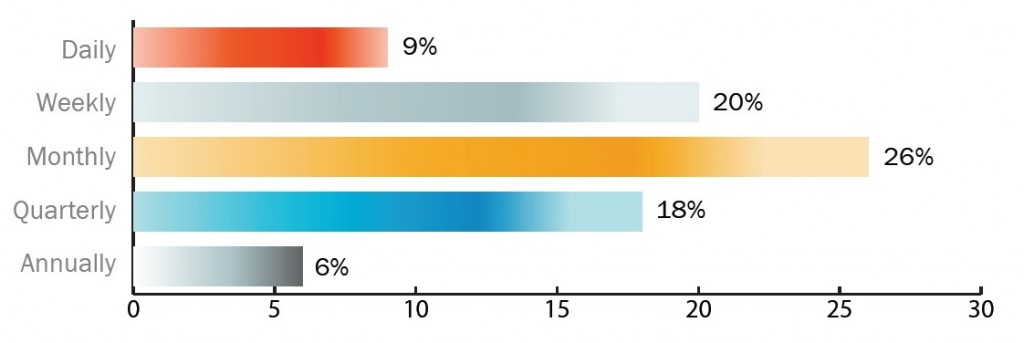4 Benefits of a MarTech Stack Ecosystem
 Marketing departments will soon manage their technology stack like eco-systems of connected apps. This finally brings them agility, efficiency, resiliency and more revenue.
Marketing departments will soon manage their technology stack like eco-systems of connected apps. This finally brings them agility, efficiency, resiliency and more revenue.
The marketing technology landscape is becoming ever more crowded. Last year the number of MarTech vendors grew by 18 different tools on average.
Working with a myriad of different tools is no recent development. Internal black markets for apps have always existed below the counter, but managers have tried to prevent individuals taking matters into their own hands.
But with the explosive growth in the number of apps and the need for agility, managers cannot ignore the cry for freedom any longer.
Marketing managers fear losing consolidated insights and reports… but they don’t need to be. There is a way to facilitate MarTech moonshiners, making them work for you instead of against you.
Integrate your marketing technology stack with… yet more apps. Apps like Zapier and IFTTT tie all other tools together, allowing for MarTech stacks to behave like ecosystems. Teams or business units will be free to select the tools they like and use them for any project, for any duration.
Management reports drawn from multiple data sources can be created using Boardview.io.
You can build your own castle from numerous ‘Lego bricks’ while remaining in control, as Google is doing running ‘microservices’. Matt Miller argues that, as an alternative for building big software platforms, software development teams now move to building ‘microservices’, i.e. “small, loosely coupled and composable autonomous pieces”. Sounds like an ecosystem to me.
4 Benefits of an integrated marketing technology stack
The result of managing your MarTech stack like an ecosystem? Increased agility, efficiency and resiliency.
Agility - Take away the need for expensive change management projects by effortlessly pulling reports from different data sources.
Efficiency - Teams will only select apps that serve their purpose best and leave other apps be, so you don’t waste money on what you don’t use.
Resiliency - The dispersion of apps across teams allow for seamless scaling. Meanwhile there is no single point of failure, limiting downtime
…which, in the end, results in more revenue.
Why not grab yourself one of those apps you always wanted? Go for it.



